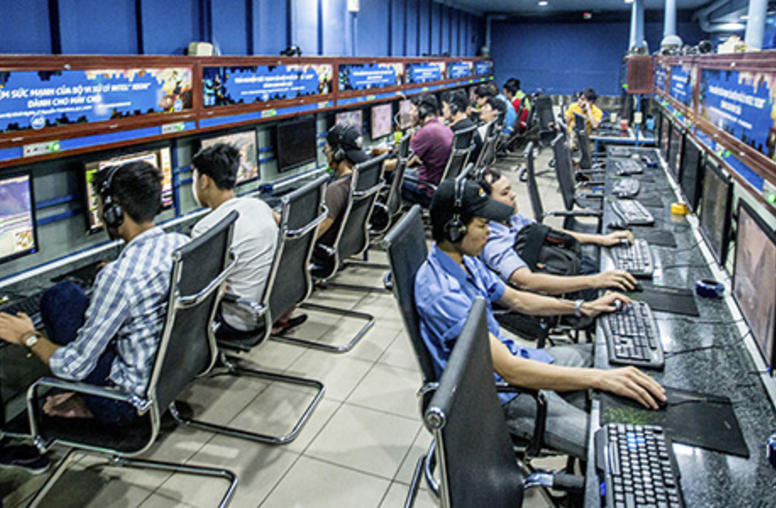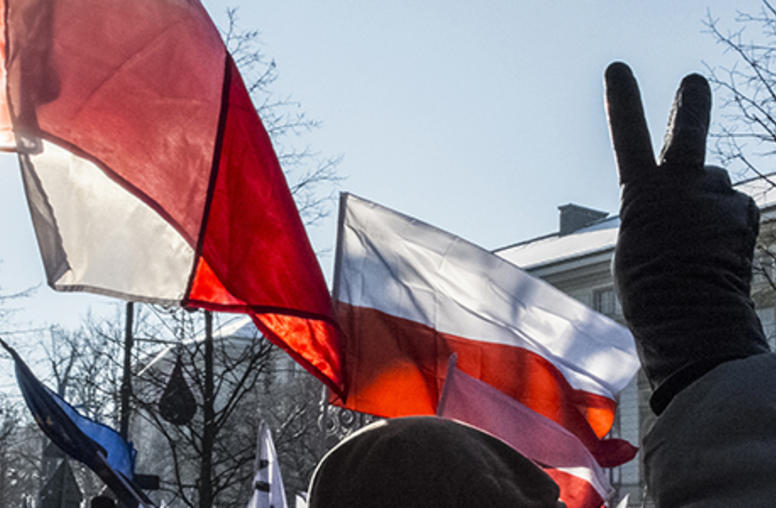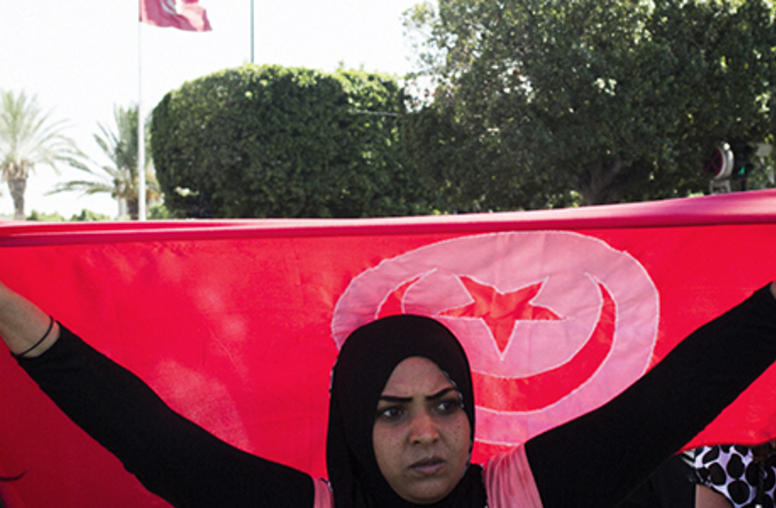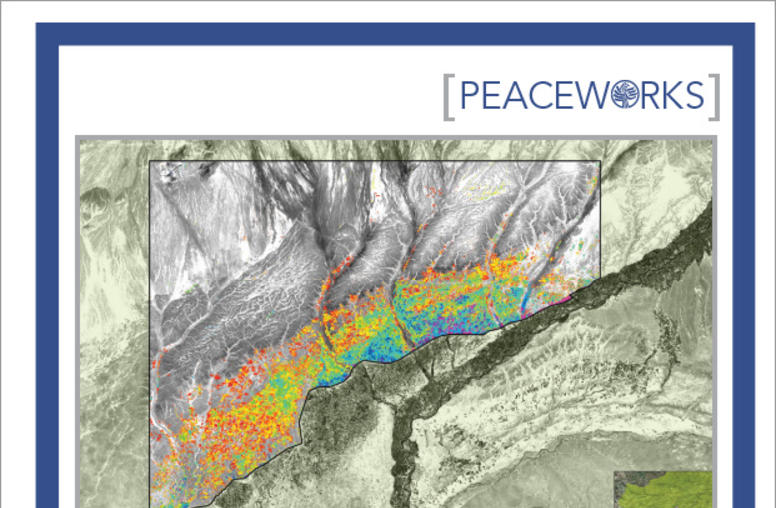Food Security and Data Workshop: Can Better Data-sharing Enhance Impact?
The U.S. Institute of Peace hosted a workshop on August 16, 2012 with experts from the U.S. government, international organizations, and the NGO community to examine the use of data to enhance food security. The day-long workshop focused on current strategies to improve agricultural data quality and available technologies to enable better sharing, analysis and application of this data.
The workshop expanded on issues addressed in two other recent workshops sponsored by the USIP – National Academy of Engineering Roundtable on Technology, Science and Peacebuilding: one on agricultural extension systems and the other on data sharing and peacebuilding.
Sheldon Himelfarb, the director of USIP’s Center of Innovation for Science, Technology and Peacebuilding and co-chair of the workshop, pointed to the pressing need to enhance food security as population growth and climate change place greater demands on our planet’s agricultural resources. Co-chair Elmer Roman, oversight executive within the Office of the Secretary of Defense, agreed and emphasized that in such an environment food insecurity can be both a cause and consequence of conflict.
Over the day, experts on data acquisition, data analysis, and food security provided an overview of the current data acquisition strategies and data management technologies being used to improve food security.
In the first of two morning sessions, three speakers described different strategies to enhance the quality and relevance of agricultural data and statistics globally. Shurkri Ahmed, a senior economist at the Food and Agriculture Organization outlined the current Global Strategy to Improve Agricultural and Rural Statistics, which is a $300 million plan to increase national and local “capacity and institution building” in more than 90 countries. Allan Jury of the World Food Program emphasized the interconnectivity of the various aspects of food security, including short-term emergency operations and longer-term forecasting. Kristin Penn, recently returned to the Millenium Challenge Corporation after details at USAID and the State Department, discussed the strategic importance to donors like USAID of “rigorous monitoring and evaluation to ensure both accountability and effectiveness” in their investments.
In the morning’s second session, the presentations shifted from a description of data needs to a presentation of technologies available for managing various kinds of data related to food security. Julie Montgomery of InterAction described NGO AidMap and their related their Food Security Aid Map, as tools for enhancing transparency in their member’s programming activities and also improving awareness and advocacy. Jenny Connef provided an overview of USAID’s Famine Early Warning System (FEWS NET) and its data management strategies. And finally, Gabriel Accascina, former director of the United Nations Development Programme’s Knowledge Management Group, demonstrated UNDP’s “TeamWorks” knowledge management system, a social media-based platform organized around the idea that what matters in knowledge management is not just linking people to data but rather linking people to other people who are sharing and using data to implement change.
In the afternoon, the technology focus continued with a scenario-based demonstration of UNITY, a data sharing platform developed by the U.S. Department of Defense and USAID. Mark Hainsey of the U.S. Army Corps of Engineers described the objectives of UNITY, and Steve Wood and Brandon Pustejovsky demonstrated the tool itself, using USAID, DFID (UK), IATI (International Aid Transparency Initiative) and NGO programming data sets for food security projects in the East and Horn of Africa to demonstrate UNITY’s capacity to provide visibility into the resources and activities being allocated in those regions.
The workshop was the second hosted by the Center of Innovation for Science, Technology and Peacebuilding on the use of data in food security and peacebuilding. The goal of the workshop series is to develop a better understanding of the different requirements placed on data sharing by the different contexts of development and conflict. Preliminary comparison of the discussion from these two meetings suggests very different data requirements for these two communities of practice. These requirements will be examined more closely in a USIP Special Report to be released this fall.



